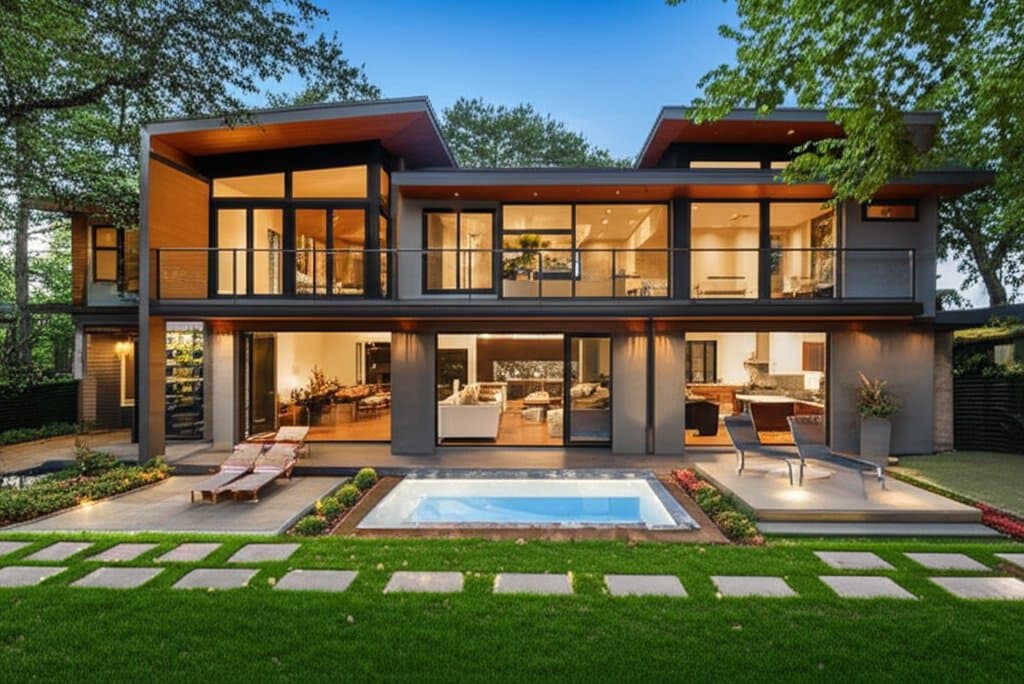Flex Rooms That Deliver: Winning Designs vs Costly Mistakes
Flex rooms have become a cornerstone of modern home design, offering a way to maximize limited space by serving multiple purposes throughout the day. Whether it is a home office that doubles as a guest room or a play area that transforms into a workout space, the potential for efficiency and adaptability is immense. However, without careful planning, these versatile areas can quickly turn into cluttered, unusable messes. This guide explores proven strategies for creating flex rooms that truly work, alongside pitfalls to avoid for lasting functionality and value.
Why Flex Rooms Matter in Today’s Homes
Space is often at a premium, especially in urban environments or smaller properties where every square foot counts. A well-designed flex room allows homeowners to meet diverse needs without expanding their footprint, whether that means accommodating remote work, hobbies, or overnight guests. Beyond practicality, these spaces can significantly increase a property’s market appeal by showcasing adaptability. The key lies in intentional design that prioritizes primary functions while maintaining flexibility for secondary uses.
Balancing Multiple Purposes
The first step in crafting a successful flex room is identifying its core purpose. Determine the primary activity that will take place most often, such as working from home or hosting guests, and build the design around that need. Secondary functions should complement, not compete with, this focus. For instance, if the main use is a home office, select furniture like a fold-out desk that can be tucked away when the space shifts to a guest bedroom. This approach ensures the room remains functional for its most frequent use while still accommodating other needs.
Investing in Transformational Furniture
Furniture is the backbone of any flex room, and choosing pieces that adapt to different scenarios is critical. Look for items like murphy beds, which fold into the wall to free up floor space, or modular sofas that can be rearranged for lounging or sleeping. Storage ottomans that double as seating are another smart choice, providing a place to stash items while serving a dual role. Prioritize quality over quantity, as durable, multi-use pieces will withstand frequent transitions and maintain the room’s polished look.
Design Elements That Make or Break Flex Rooms
Beyond furniture, several design factors determine whether a flex room thrives or fails. These elements influence how the space feels and functions under varying conditions, and neglecting them can lead to frustration.
Storage Solutions for Seamless Transitions
Clutter is the enemy of versatility, and without adequate storage, a flex room can quickly become chaotic. Built-in shelving, under-bed drawers, and wall-mounted cabinets keep essentials organized and out of sight when not in use. Consider labeling bins or baskets for items tied to specific functions, such as craft supplies or workout gear, to streamline setup and takedown. A tidy space not only looks better but also feels more inviting for whatever purpose it serves at the moment.
Lighting for Every Function
Lighting plays a pivotal role in defining a flex room’s atmosphere and usability. A single overhead fixture often falls short when a space shifts from a focused workspace to a relaxing lounge area. Layered lighting, including task lamps for desks, ambient sconces for evening use, and dimmable options for flexibility, ensures the room adapts to each activity. Natural light is also a bonus, so avoid heavy curtains that block windows and opt for sheer shades that balance privacy with brightness.
Sound Control for Shared Spaces
If a flex room is near high-traffic areas or serves as a quiet retreat, sound management becomes essential. Thick rugs, acoustic panels, or even heavy drapes can dampen noise from adjacent rooms or outside distractions. For spaces used as home theaters or music rooms, consider weatherstripping doors to minimize sound leakage. These small adjustments preserve the room’s purpose without disrupting the rest of the household.
Common Mistakes That Turn Flex Rooms Into Disasters
While the potential of flex rooms is exciting, certain missteps can render them impractical. Overloading the space with too many functions often leads to a lack of focus, leaving no activity feeling fully supported. Similarly, skimping on quality furniture or storage results in wear and tear or persistent messiness. Another frequent error is ignoring ergonomics, such as using a dining chair for long work hours, which can cause discomfort over time. Addressing these issues upfront saves time, money, and frustration down the line.
Bringing Your Flex Room Vision to Life
Creating a flex room that works starts with a clear plan tailored to your lifestyle. Assess your daily routines to pinpoint the most critical needs, then allocate resources accordingly for furniture, storage, and design tweaks. Test layouts by physically arranging items before committing to permanent fixtures, ensuring the space flows naturally between uses. With thoughtful execution, your flex room will not only meet immediate demands but also evolve with your changing priorities, adding lasting value to your home.








